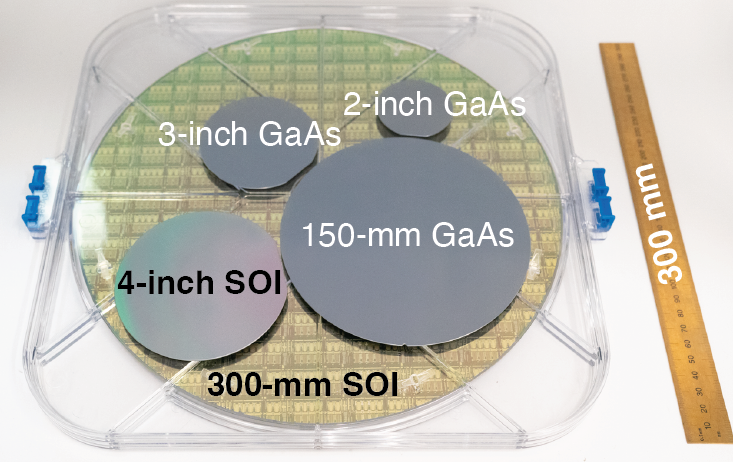
Heterogeneous integration
Heterogeneous integration combines optical functionalities on chip. So far, multiple materials can be integrated on a common silicon substrate in a scalable way for mass production of photonic integrated circuits.

Heterogeneous integration combines optical functionalities on chip. So far, multiple materials can be integrated on a common silicon substrate in a scalable way for mass production of photonic integrated circuits.
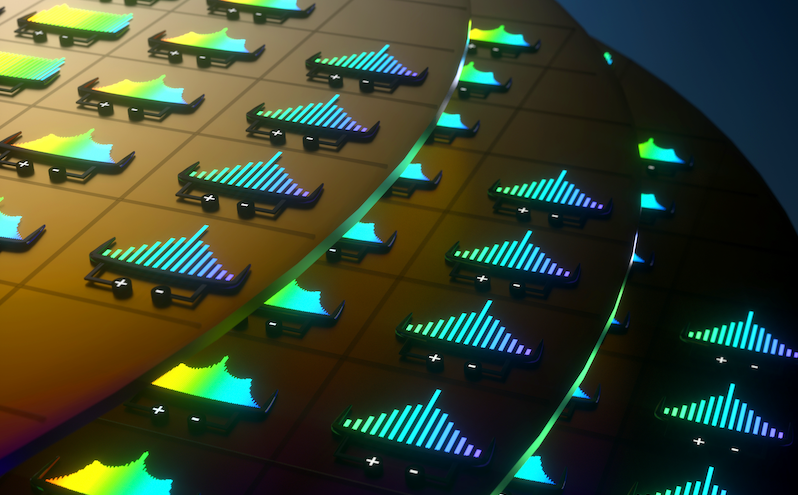
Laser integration with microresonator soliton frequency comb provides a new route for mutually coherent laser lines on chip. The applications include optical interconnects, microwave photonics, optical metrology and so on.
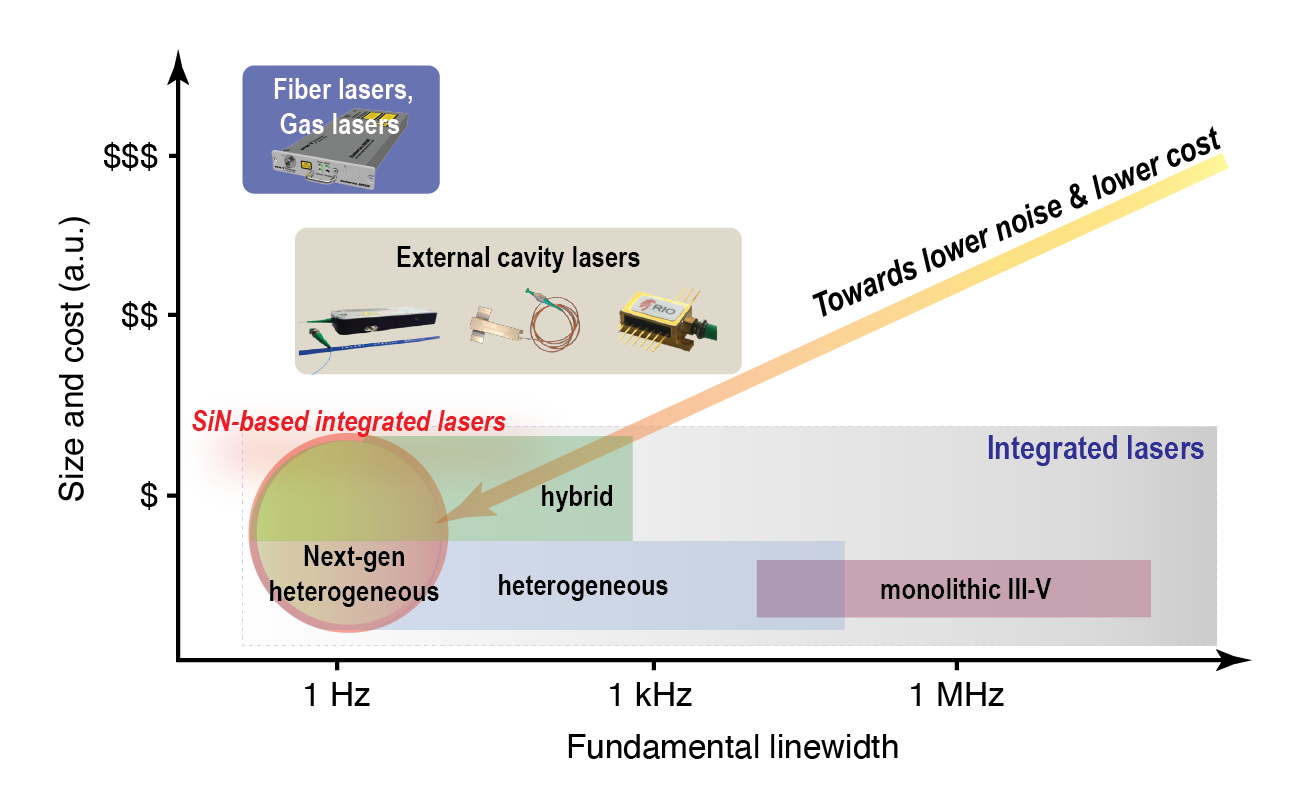
The spectral linewidth is one of the most important properties of different type of lasers. Semiconductor lasers are now approaching and exceeding the performance of table-size lasers with a fraction of the size and cost.

Silicon nitride with ultra low loss used to be a passive-only platform for photonics. Recent developments of heterogeneous integration of SiN with silicon and III-V opens new possibilities for a whole new class of integrated devices and applications.
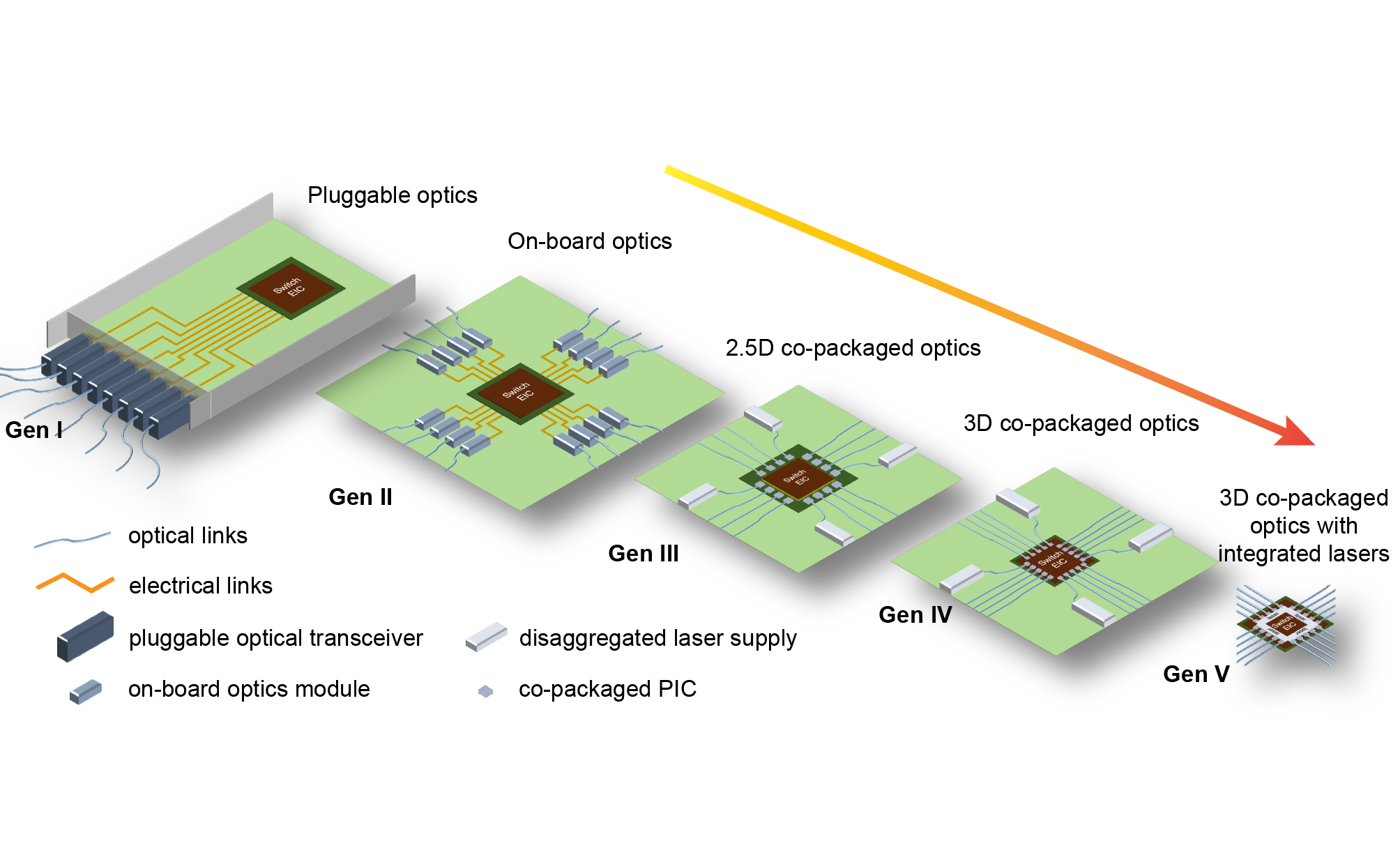
Silicon photonic transceivers are being commercialized for products shipped in millions for datacenter interconnects. To keep up with the switch bandwidth growth, dense integration of silicon photonics and electronics requires the transition from pluggable optics to copackaged optics.
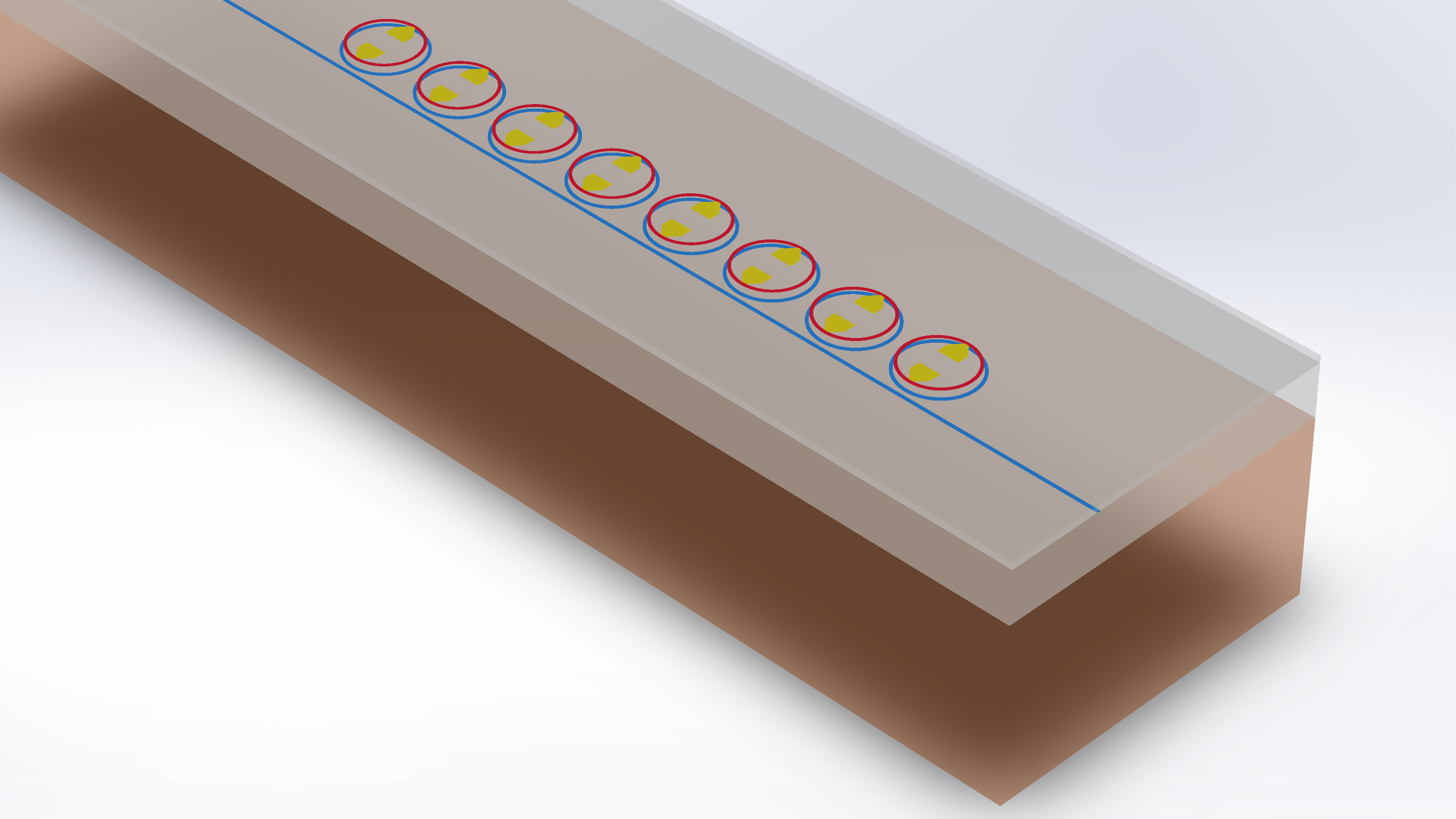
Ultra-low-loss waveguides and ultra-high-Q resonators are the key in improving the performance and scale of on-chip photonic devices. Different material platforms with advanced fabrication technologies are demonstrating remarkable progress in recent years.
PIXlab members work on the design, fabrication, characterization and application of photonic integrated circuits. Self-motivation and keen interest in experimental research are highly desired. Please check Research and Publications for more details.
Email Dr. Chao Xiang